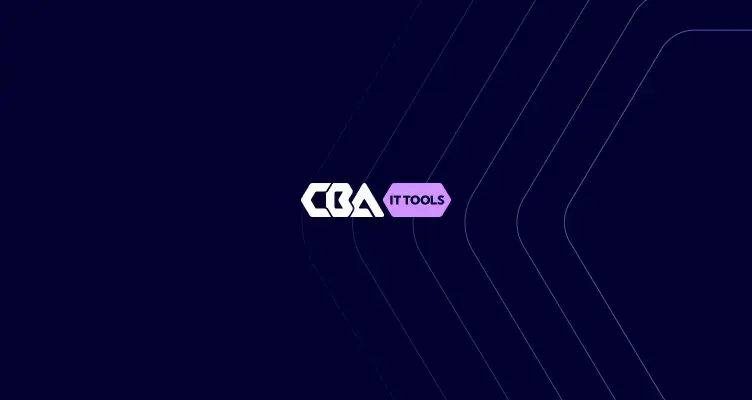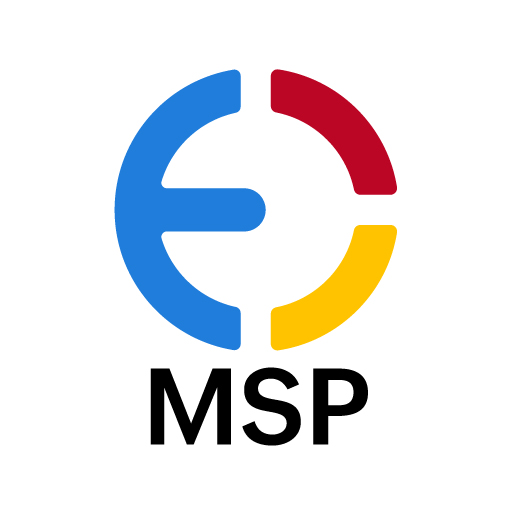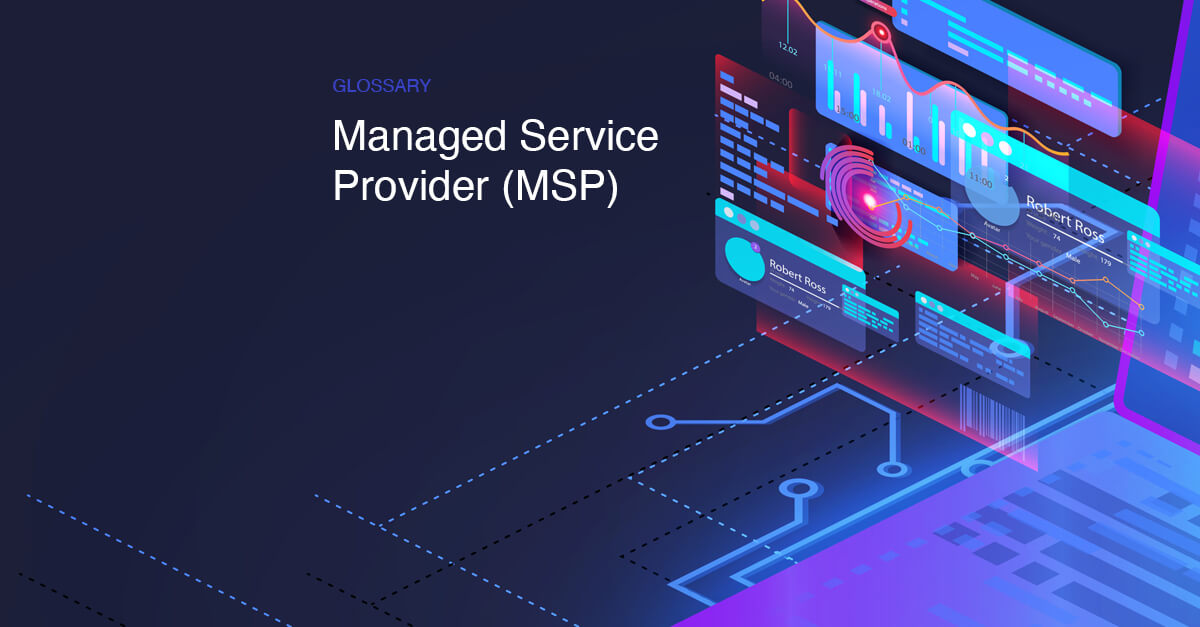How MSPs can simplify multi-cloud cost management for their customers
Multi-cloud cost management has quickly evolved from a nice-to-have capability to a core expectation with the accelerated adoption of the cloud. Organizations that depend on managed service providers (MSPs) for cloud operations now look to them for financial clarity as well. Now, MSPs are not only expected to monitor and manage cloud usage, but also to act as trusted cost advisors. They must deliver transparency, predictability, and strong governance across all the cloud environments their customers use. However, achieving this is anything but simple. In this blog, we'll break down why multi-cloud cost management is so challenging and how MSPs can simplify it with the right approach, frameworks, and tools.
Why multi-cloud cost management is challenging for MSPs
Fragmented billing formats
Each cloud provider has its own billing structure, metering logic, service naming patterns, and cost categories. AWS uses one set of concepts (usage types, SKUs, reservations), Azure uses another (meters, resource groups, subscription-based billing), and GCP introduces its own terminology (projects, SKU pricing, committed use discounts). Consolidating these variations into a unified view is difficult and time-consuming.
Multiple accounts and subscriptions
MSPs typically manage dozens, sometimes even hundreds, of customer accounts across providers. Every customer may have multiple cloud accounts, subscriptions, or projects. Consolidating all these into a single source of truth without losing context is a real challenge.
Poor tagging hygiene
Cloud cost allocation relies on tagging, but customers rarely follow consistent tagging standards. Untagged or incorrectly tagged resources make cost attribution difficult, leading to misallocated spending or unassigned costs that obscure the overall financial picture.
Lack of standardized visibility
Cloud-native consoles are not designed for multi-tenant, multi-cloud MSP workflows. MSPs must download CSV exports, integrate billing APIs manually, or juggle multiple dashboards to get a consolidated view, which is an error-prone and operationally heavy process.
Budget tracking and forecasting issues
Without automated forecasting or anomaly detection, MSPs struggle to alert customers before overspend happens. By the time the monthly bill arrives, it’s too late to take corrective action.
What customers expect from their MSPs
As customers mature in their cloud journeys, their expectations from MSPs have evolved as well. Today, customers want:
1. A centralized view of their cloud costs: No more jumping between AWS, Azure, and GCP invoices. They expect a unified, intuitive cost overview.
2. Predictability over surprises: Budgets, forecasts, and alerts that help them avoid unexpected charges.
3. Clear, fair allocations: Costs should be broken down by project, business unit, environment, or application so teams are accountable for what they consume.
4. Actionable cost optimization insights: They expect MSPs to go beyond billing and provide guidance on rightsizing, eliminating idle resources, and planning commitments.
While these expectations are reasonable, achieving them manually is nearly impossible.
How MSPs can simplify multi-cloud cost management
Here are practical strategies MSPs can adopt to simplify cost management across all cloud environments.
1. Standardize cost categories across clouds
MSPs should define a consistent cost mapping framework. For example, map compute, storage, databases, and network costs into unified categories across AWS, Azure, and GCP. This standardization helps deliver consistent reporting to customers and eliminates confusion caused by cloud provider terminology differences.
2. Implement a strong tagging framework
A well-enforced tagging strategy is essential. MSPs must:
- Define mandatory tags (project, owner, environment, cost center).
- Educate customers about tagging importance.
- Periodically audit untagged and partially tagged resources.
This ensures accurate chargeback/showback and reduces unallocated costs.
3. Provide customer-specific cost segmentation
MSPs must be able to segment costs by customer, project, department, or workload; all without mixing data across clients. Clear segmentation builds trust and strengthens transparency in reporting.
4. Deliver clear, easy-to-understand cost reports
Customers want cost clarity, not complexity. MSPs should adopt reporting methods that:
- Present cost insights visually
- Offer scheduled weekly/monthly summaries
- Highlight trends, spikes, and category-wise usage
- Use simple language for non-technical stakeholders
- Enable RBAC so each stakeholder sees only what’s relevant to them
- Provide view-only reporting modes to ensure secure, consumption-based access without exposing administrative controls
This ensures cost data is accessible and understandable to business leaders, project owners, finance teams, and technical teams, all without compromising governance or security.
6. Use predictive analysis and alerts
Proactive cost management requires:
- Forecasting based on usage trends
- Budget-based alerts
- Anomaly detection to catch sudden spikes
This allows MSPs to notify customers before overspend happens and adjust in real time.
How CloudSpend helps MSPs make cost management easier
The right tool can transform how MSPs manage multi-cloud costs. CloudSpend’s MSP offering is purpose-built to simplify cost visibility, governance, and reporting for service providers.
Multi-portal architecture
Each customer gets a dedicated, isolated portal with their own dashboards and cost insights. MSPs maintain centralized control while ensuring complete data separation.
Unified multi-cloud cost visibility
CloudSpend automatically consolidates AWS and Azure cost data into a single, normalized view, removing the complexity of cross-cloud terminology and billing styles.
Automated chargeback and showback
MSPs can split costs using tags, business units, projects, or custom segmentation rules. This makes cost allocation accurate and friction-free.
Budgeting, forecasting and anomaly detection
Set budgets, receive alerts, forecast future spend, and identify unusual spikes before they turn into billing problems.
Optimization recommendations
Get insights on idle resources, rightsizing opportunities, over-provisioned workloads, and potential savings through commitment plans.
Role-based access controls and view-only dashboards
Assign granular access levels for MSP teams and customer stakeholders. Provide view-only dashboards for finance teams, project leads, or leadership roles who need visibility without configuration permissions—ensuring governance, security, and clarity at every level.
White-labeled experience for clients
Present a polished, branded experience to customers with clear visualizations and intuitive reports.
Empowering MSPs to lead with clarity
Multi-cloud environments will only continue to grow in complexity. As customers diversify their cloud usage, MSPs play a critical role in bringing clarity and predictability to cloud spending. By standardizing cost categories, enforcing tagging hygiene, automating data pipelines, and adopting proactive governance, MSPs can dramatically simplify cost management for their customers.
With CloudSpend, MSPs can deliver transparent, real-time financial insights across cloud environments that help customers make smart decisions while reducing operational overhead. Simplifying multi-cloud cost management isn’t just an efficiency upgrade; it’s a competitive advantage.

Sign up for our newsletter
Stay updated with our latest products and offers by subscribing to our newsletter

Sign up for our newsletter
Stay updated with our latest products and offers by subscribing to our newsletter




